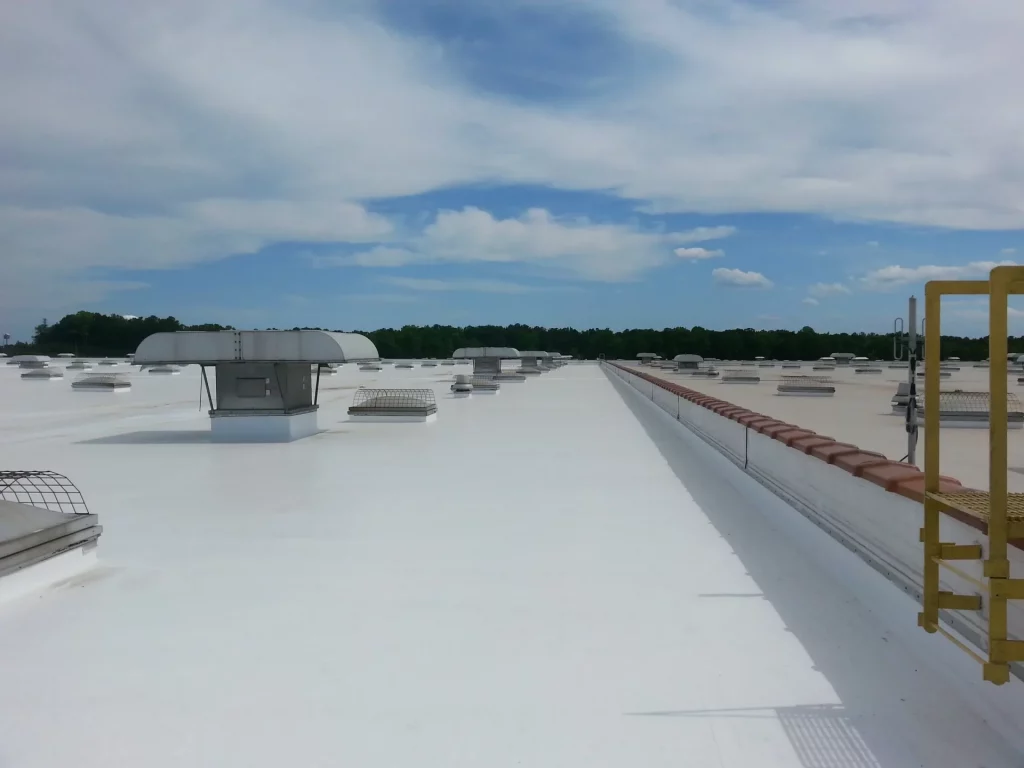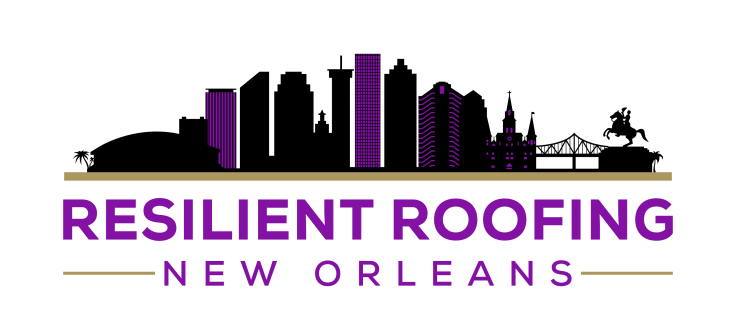For the Highest Quality Roofing at the Most Competitive Prices, Contact Us Today. Any questions? Call and ask!
For the Highest Quality Roofing at the Most Competitive Prices, Contact Us Today. Any questions? Call and ask!
Get a Free Quote
Before going into the detail of each type of roofing, it’s important to understand the benefits of this style. One great aspect is that flat roofs are very easy to maintain and can last for an extremely long time, depending on the material. Most types will not tear like older asphalt shingles or require replacement every few years as with other options. Another excellent benefit is that flat roofs are designed to be watertight. The last thing you want in a roofing solution is that the different layers can leak or cause damage below.
Flat roofs have several benefits that go beyond just being flat. Other advantages include:

Three flat roofs stand out among many other options. They are the built-up roofing, modified bitumen roofing, and rubber membrane roof. Let’s explore each one in detail to figure out which works best for your commercial building.
The strength of a built-up roofing system lies in its multiple layers that work together to provide a reliable and puncture-proof flat roof. If one layer gets damaged, it will be covered by another, so you won’t have to worry about water damage. This type of roofing system is the most common option in commercial buildings because it can handle extreme weather conditions such as snow and rain without any problems.
Traditional bitumen-based BUR construction is a labor-intensive installation process and can be expensive to purchase. And, if not installed properly, it can cause damage to the underlying materials. Also, it can crack, bulge, or tear with the weather changes. This is because the material expands and contracts when hot, which can cause cracks in the roofing system over time.
Overall, a built-up roofing system provides a sturdy and reliable flat roof. However, there is some maintenance required to ensure the quality of this type of solution over time.
This flat roofing system is also commonly used in commercial buildings because it allows for rapid installation, long-term durability, and low maintenance costs. The main drawback of this type of roofing system is, if the water can’t get through the underlayment material, it can pool up and cause leaks.
So, although modified bitumen is an excellent option for commercial buildings, it does require regular maintenance to ensure that the water can freely drain.
The main benefit of rubber membrane roofs is their ability to provide a long-term solution with very low maintenance costs. They are also easy to install because they don’t require underlayment materials or gravel, which means there isn’t any weight on the building’s structure. And, since there is no chance for water to pool up and cause leaks, there is no need for any drainage materials or parapet walls.
However, rubber roofs can be expensive compared with traditional flat roofing systems. Also, they can puncture if there are nails or sharp objects on the roof.
TPO roofing is a newer option for flat roofs that consists of thermoplastic polyolefin (TPO) membranes. It offers excellent resistance against animal fats and oils, and its cost is comparable to the EPDM synthetic rubber. It is available in multiple colors and is suitable for a variety of buildings. White-colored TPO membrane roofing is particularly popular in commercial applications because it helps to reduce heating and cooling costs.
If you compare the installation of EPDM, TPO and PVC membranes, you will see that EPDM membranes are most commonly installed by welding seams, whereas TPO and PVC roofing systems can be glued or hot air welded. Hot air welding is the recommended option as it provides a permanent seal. In addition, hot air welding allows for better control of material thicknesses and uniformity, which results in increased strength and durability.
Flat roofs have a lot of benefits, including affordability, style options to fit any design scheme or architectural style, along being durable enough to last 30+ years in some cases. Flat roofs are also easy to maintain, and repairs can be done quickly.
Rubber membrane roofs are the longest-lasting flat roof. They last anywhere from 30+ years depending on the material, installation factors, and climate conditions. But they need periodic inspections, cleaning, and possible replacement in order to maintain their quality.
EPDM is the most affordable of all flat roofs. They are also low-maintenance and can last 30+ years without needing to be replaced, which makes them even more cost-effective in the long run. TPO is also comparable in price, but it is a newer product, so it has not been around long enough to have the same track record as EPDM.
This depends entirely on your budget, how much maintenance you want or can do yourself, and what look you are trying for with your flat roof design. A professional like a Resilient contractor can help advise you on the best flat roof system for your building based upon its location, size, and required lifespan.
The best flat roofs use rubber membrane systems such as EPDM and TPO membranes because they can handle all types of weather, from desert heat to hail storms and everything in between. On the other hand, PVC roofs typically cannot handle extreme cold or warm conditions and should not be used in extreme temperatures.
Industrial buildings typically require a more durable material that can withstand harsher weather conditions, chemical exposure, acidic corrosion from the elements, etc. For these applications, you will want to choose rubber membrane systems such as EPDM and TPO.
Rubber roofs provide excellent protection from harsh weather conditions, including rain and snow, as well as high temperatures. They also offer long-term durability with very low maintenance requirements. Another benefit is that they are lightweight, so there is no pressure on the building’s structure.
There is no simple answer to this question. It all depends on your budget, how much maintenance you want to handle, and the look you are trying for with your flat roof design. The best way to answer this question is to call a few roofing contractors and ask them which flat roof system they recommend for your type of building. Or, you can contact Resilient roofing contractors, and we can advise you on the best flat roof system for your building based upon its location, size, and required lifespan.
